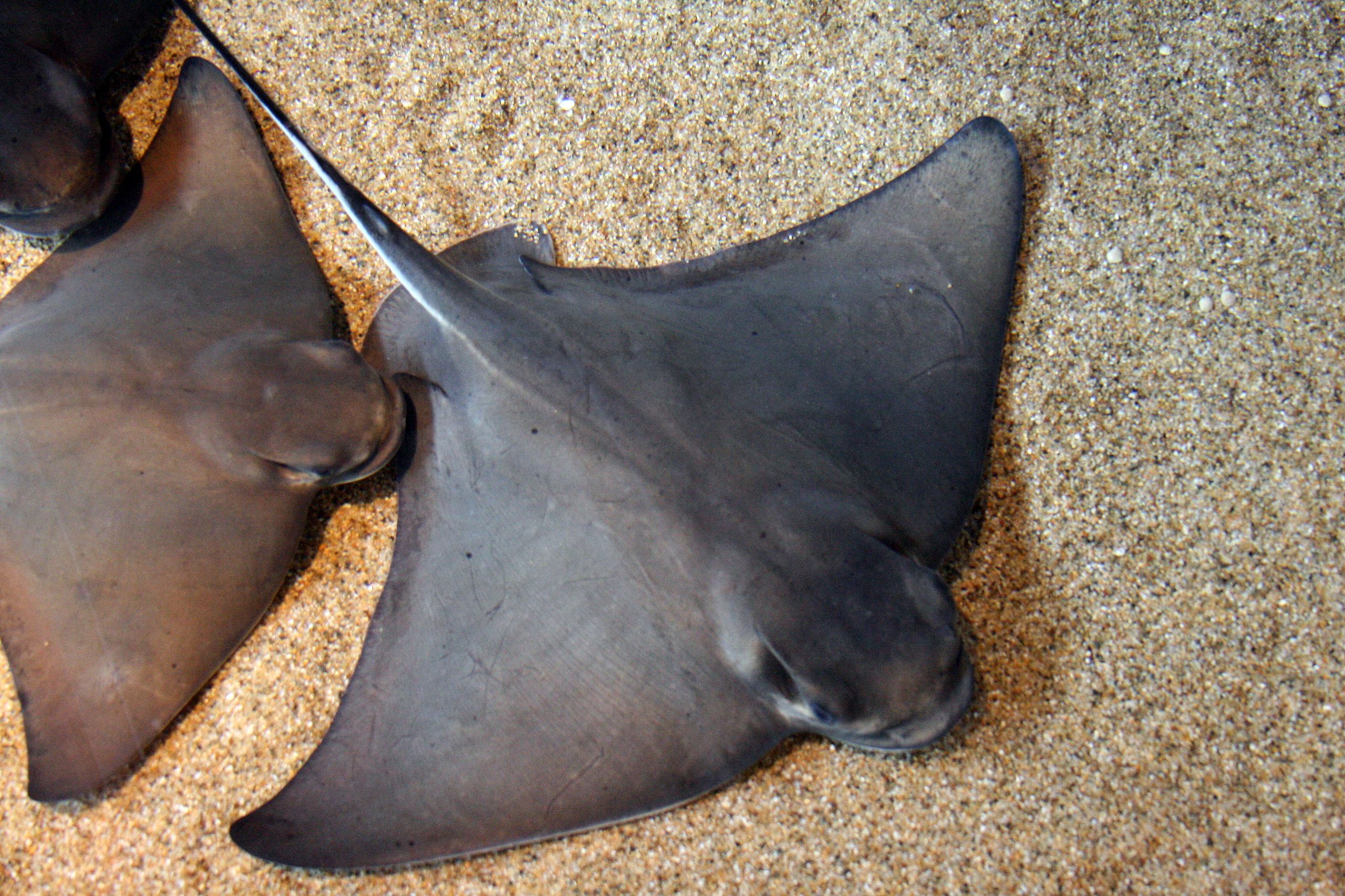Kategorier
- Butikkens høydepunkter
- Billigkroken
-
Mynter, sedler & frimerker
- Mynter
- Sedler
- Frimerker
- Medaljer
- Mynt- og seddelrekvisita
- Skatter under 100
- Historiske skatter
- Ekthetsattest & forsikringstakst
- Lotter og samlinger
- Exonumia
- Edelmetaller
-
Fossiler
- Amfibier
- Koprolitter (fossil dritt)
- Skilpadder
-
Trilobitter
- Trilobitter fra andre land
-
Trilobitter fra Marokko
- Acanthopyge
- Andre trilobittarter
- Coltraneia
- Cornuproetus
- Crotalocephalina
- Cyphaspis
- Declivolithus
- Diademaproetus
- Dicranurus
- Div. Phacopidae
- Drotops
- Flere trilobittarter sammen
- Harpes/Harpetidae
- Hollardops
- Kambriske trilobitter
- Kettneraspis
- Koneprusia
- Leonaspis
- Metacanthina
- Morocconites
- Morocops
- Neltneria
- Neseuretus
- Paralejurus
- Pedinopariops
- Pseudocryphaeus
- Reedops
- Scutellidae
- Walliserops
- Zlichovaspis (Odontochile)
- Trilobitter fra Norge
- Trilobitter fra Terrorussland
- Trilobitter fra Tsjekkia
- Trilobitter fra USA
- Dinosaurer
- Marine kjempeøgler
- Flygeøgler (Pterosaurer)
- Krokodiller
- Ammonitter og andre blekkspruter
- Hai
- Pattedyr
- Fisk (utenom hai)
- Insekter og edderkopper
- Rav og kopal
- Plantefossiler
- Smykker av fossiler
- Andre marine fossiler
- Stromatolitter
- Krystaller og andre mineraler
- Meteoritter & moldavitter
- Smykker & polert stein
- Sommerfugler & smådyr
- Utstoppede dyr og deler av dyr
- Bøker og kunnskapsspill
-
Rekvisita & annet mangfold
- Diverse rekvisita, antikviteter
- Flyterammer
- Gaveposer, gaveesker, annen gave
- Laboratorieutstyr
- Nøkkelknipper
- Sølvtøy
- Geologisk utstyr og rekvisita
- Insektsutstyr
- Brukt sølvtøy og andre gjenstand
- Luper & mikroskoper
- Dyrefigurer
- Gavekort, postkort & gratulasjon
- Vitenskapsleker (bl.a. magneter)
- Plakater/Posters/Gamle trykk
- Nyheter
- Tilbud
Rokker og skater tilhører klassen bruskfisker Chondrichthyes, underklassen Elasmobranchii, noe som betyr at de er i samme gruppe som haier. I motsetning til haier, har de ikke skarpe tenner. I stedet har rokker, som Myliobatis, store og grove plater i munnen som de bruker til å knuse krepsdyr og skjell. Munnen deres er også plassert på undersiden av kroppen deres, slik at de raskt kan suge opp og knuse uheldige dyr med harde skall som lever på havbunnen.
Halepiggene til myliobatisrokker inneholder gift og brukes som en forsvarsmekanisme mot andre dyr som kanskje vil spise dem. Disse piggene kan ha et ulikt antall serrateringer avhengig av kjønn. Hos moderne ørnerokker (Myliobatis aquila) har hannrokker i gjennomsnitt 72 serrateringer, mens hunnrokker vanligvis har 66. Lengden på disse piggene og antallet serrateringer de har, kan også brukes til å skille mellom arter av Myliobatis.
Leveres i pen og beskyttende flyteramme med en informasjonslapp.
Art: Myliobatis sp.
Funnsted: Tennene - Ouled Abdoun Basin, Ouled Zem, Marokko, pigg - Florida, USA
Alder: Tennene - Paleocen (ca. 56 mill år), pigg - Miocen (ca. 25-5 mill år)
Størrelse: Tennene - ca. 4,0 cm x 3,5 cm, pigg - ca. 9,0 cm x 1,5 cm, helle rammet - 17,5 cm x 22,5 cm

Ill: Bat rays(Myliobatis californica) at the Monterey Bay Aquarium av Martin Holst Friborg Pedersen ©
Rays and skates belong to the class of cartilaginous fishes Chondrichthyes, subclass Elasmobranchii, which means they are in the same group as sharks. Unlike sharks, they do not have sharp teeth. Instead, rays, like Myliobatis, have large and coarse plates in their mouths that they use to crush crustaceans and shells. Their mouths are also located on the underside of their bodies, allowing them to quickly suction up and crush unsuspecting animals with hard shells that live on the seabed.
Halepiggene til myliobatisrokker inneholder gift og brukes som en forsvarsmekanisme mot andre dyr som kanskje vil spise dem. Disse piggene kan ha et ulikt antall serrateringer avhengig av kjønn. Hos moderne ørnerokker (Myliobatis aquila) har hannrokker i gjennomsnitt 72 serrateringer, mens hunnrokker vanligvis har 66. Lengden på disse piggene og antallet serrateringer de har, kan også brukes til å skille mellom arter av Myliobatis.
Leveres i pen og beskyttende flyteramme med en informasjonslapp.
Art: Myliobatis sp.
Funnsted: Tennene - Ouled Abdoun Basin, Ouled Zem, Marokko, pigg - Florida, USA
Alder: Tennene - Paleocen (ca. 56 mill år), pigg - Miocen (ca. 25-5 mill år)
Størrelse: Tennene - ca. 4,0 cm x 3,5 cm, pigg - ca. 9,0 cm x 1,5 cm, helle rammet - 17,5 cm x 22,5 cm

Ill: Bat rays(Myliobatis californica) at the Monterey Bay Aquarium av Martin Holst Friborg Pedersen ©
Rays and skates belong to the class of cartilaginous fishes Chondrichthyes, subclass Elasmobranchii, which means they are in the same group as sharks. Unlike sharks, they do not have sharp teeth. Instead, rays, like Myliobatis, have large and coarse plates in their mouths that they use to crush crustaceans and shells. Their mouths are also located on the underside of their bodies, allowing them to quickly suction up and crush unsuspecting animals with hard shells that live on the seabed.
The tail spines of Myliobatis rays contain poison and are used as a defense mechanism against other animals that may want to eat them. These spines may have a different number of serrations depending on gender. In modern eagle rays (Myliobatis aquila), male rays typically have an average of 72 serrations, while female rays usually have 66. The length of these spines and the number of serrations they have can also be used to differentiate between species of Myliobatis.
Delivered in a neat and protective float frame with an information card.

































































































































































































































































































































